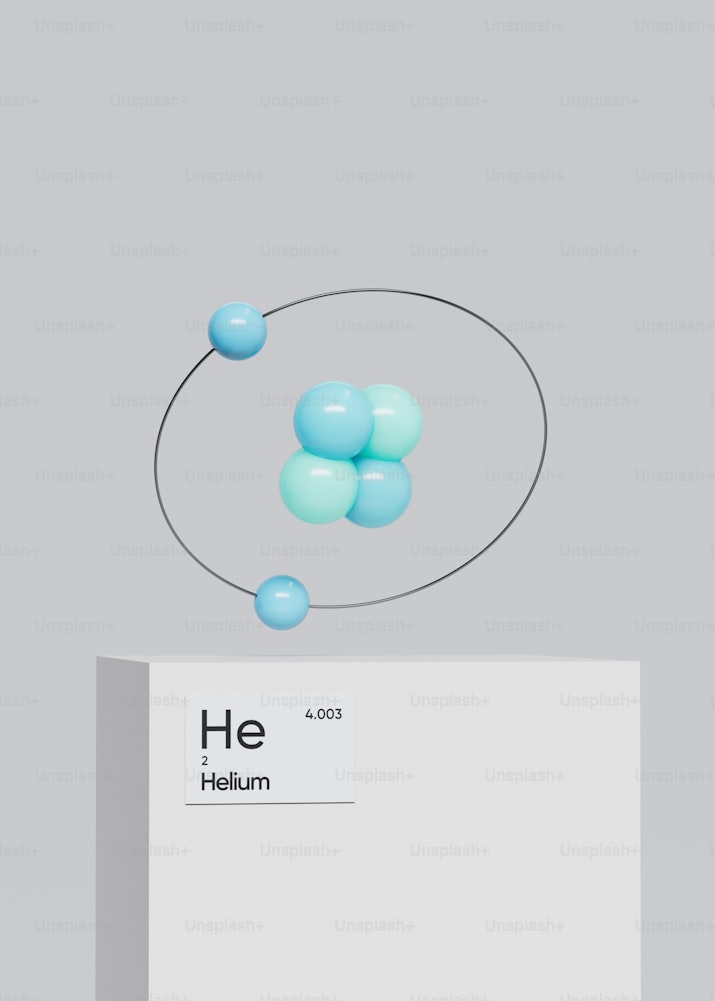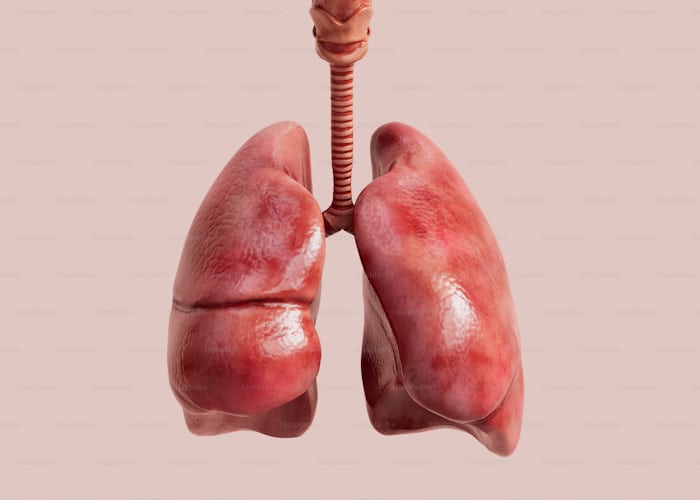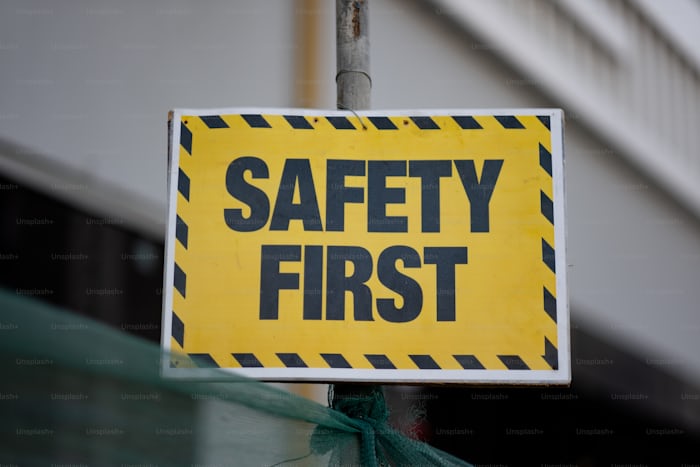Table of Contents
Accidental helium asphyxiation is a serious but often overlooked danger that can have devastating consequences. While helium is commonly associated with festive balloons and squeaky voices at parties, it’s crucial to understand that this seemingly harmless gas can pose a significant risk to human life when misused or encountered in certain situations. In this article, we’ll explore the science behind helium, its everyday uses, and the potential dangers it presents.

Our goal is to raise awareness about the risks of helium inhalation and provide you with the knowledge to keep yourself and your loved ones safe. Whether you’re a parent planning a birthday party or a professional working with helium, this information could be life-saving. Let’s dive into the world of helium and uncover the facts you need to know to prevent accidental exposure and recognize the signs of danger.
Understanding Helium: Properties and Common Uses
Helium is more than just the gas that makes balloons float. This colorless, odorless, and tasteless element is the second lightest in the universe, right after hydrogen. Here’s what you need to know:
- Lighter than air: Helium’s low density allows it to rise in Earth’s atmosphere, which is why helium-filled balloons float.
- Inert nature: Helium doesn’t react with other elements, making it safe for many applications.
- Low boiling point: Helium remains a gas even at extremely low temperatures, making it valuable for cooling in various industries.

Common uses of helium
- Party decorations and balloons
- Medical imaging (MRI machines)
- Welding
- Deep-sea diving mixtures
- Cooling superconductors in particle accelerators
While helium has many beneficial uses, it’s important to understand its potential risks, especially when misused.
The Dangers of Helium Inhalation
Despite its harmless reputation, inhaling helium can be extremely dangerous. Here’s why:
Oxygen displacement: When you inhale helium, it quickly fills your lungs, pushing out the oxygen your body needs. This can lead to:
– Dizziness
– Shortness of breath
– Loss of consciousness
– In severe cases, death
Risks of direct inhalation:
- Inhaling helium directly from pressurized tanks or balloons can cause lung damage due to the intense pressure.
- The rapid expansion of helium in the lungs can lead to ruptures or embolisms.
Voice changes and misconceptions:
- Inhaling helium causes the famous “squeaky voice” effect, which some people find amusing. This seemingly harmless party trick can normalize helium inhalation, masking its real dangers.
- It’s crucial to remember that while helium isn’t toxic, it can’t support life. Your body needs oxygen to function, and replacing that oxygen with helium, even briefly, can have serious consequences.
Remember: Helium should never be inhaled intentionally, regardless of the situation. The risks far outweigh any perceived entertainment value.

Mechanisms of Accidental Helium Asphyxiation
Accidental helium asphyxiation occurs through a deceptively simple process:
- Oxygen Displacement: When helium is inhaled, it rapidly fills the lungs, pushing out vital oxygen. This is the primary mechanism of accidental helium asphyxiation.
- Quick Action: Helium acts fast. Just a few breaths can lead to unconsciousness, making accidental helium asphyxiation particularly dangerous.
- Silent Threat: Unlike carbon monoxide, helium doesn’t cause obvious symptoms like headaches or nausea before unconsciousness sets in, increasing the risk of accidental helium asphyxiation.
Understanding these mechanisms is crucial for preventing accidental helium asphyxiation:
- The body can’t detect the lack of oxygen when breathing helium.
- Victims of accidental helium asphyxiation may not realize they’re in danger until it’s too late.
- Rescue attempts for accidental helium asphyxiation victims can be risky if the environment still contains high helium levels.
Risk Factors and High-Risk Scenarios
Certain situations increase the likelihood of accidental helium asphyxiation:
- Enclosed Spaces: Small, poorly ventilated areas where helium can accumulate pose a high risk for accidental helium asphyxiation.
- Workplace Exposure: Industries using large quantities of helium (e.g., party supply stores, welding shops) have elevated risks of accidental helium asphyxiation.
- Recreational Misuse: Inhaling helium for voice changes, while seemingly harmless, can lead to accidental helium asphyxiation.
High-risk scenarios for accidental helium asphyxiation include:
- Filling balloons in small, unventilated rooms
- Leaks from helium tanks in confined spaces- Intentional inhalation at parties or gatherings
Risk factors that may increase susceptibility to accidental helium asphyxiation
- Lack of awareness about helium’s dangers- Pre-existing respiratory conditions
- Being under the influence of alcohol or drugs, which may impair judgment
By recognizing these risk factors and high-risk scenarios, we can take steps to prevent accidental helium asphyxiation and promote safer practices in both work and recreational settings.

Recognizing Signs and Symptoms of Helium Asphyxiation
Being able to quickly identify the signs of helium asphyxiation can be life-saving. Here’s what to look out for:
Early symptoms:
- Dizziness or lightheadedness
- Shortness of breath
- Rapid breathing
- Confusion or disorientation
As exposure continues, more severe symptoms may develop:
- Loss of coordination
- Bluish tinge to lips, fingers, or skin (cyanosis)
- Rapid heart rate
- Euphoria or giddiness (which may mask the danger)
Critical signs
- Sudden loss of consciousness
- Seizures
- Cardiac arrest
It’s important to note that these symptoms can progress rapidly.
If you suspect helium asphyxiation:
- Remove the person from the area immediately if safe to do so
- Call emergency services right away
- Begin CPR if the person is not breathing and you are trained to do so
Remember: The absence of obvious signs doesn’t guarantee safety. In some cases, a person might lose consciousness with little to no warning.
Prevention Strategies and Safety Guidelines
Preventing helium-related accidents is crucial. Here are some key strategies and guidelines:
Proper storage and handling
- Store helium tanks in well-ventilated areas
- Secure tanks to prevent tipping
- Use appropriate regulators and fittings
Safe usage practices
- Never inhale helium directly from tanks or balloons
- Fill balloons in open, well-ventilated spaces
- Avoid using helium in small, enclosed areas
Education and awareness
- Educate children about the dangers of inhaling helium
- Train employees who work with helium on proper safety protocols
- Display clear warning signs in areas where helium is used or stored

Emergency preparedness
- Install oxygen monitors in areas where large amounts of helium are used
- Have an emergency response plan in place
- Ensure proper ventilation systems are operational
Additional safety measures
- Regularly inspect equipment for leaks or damage
- Use personal protective equipment when handling large quantities of helium
- Never leave helium tanks or filled balloons unattended, especially around children
By following these guidelines and maintaining a strong focus on safety, we can significantly reduce the risk of helium-related accidents. Remember, proper knowledge and caution are key to enjoying the benefits of helium while avoiding its potential dangers.
#
#
#

